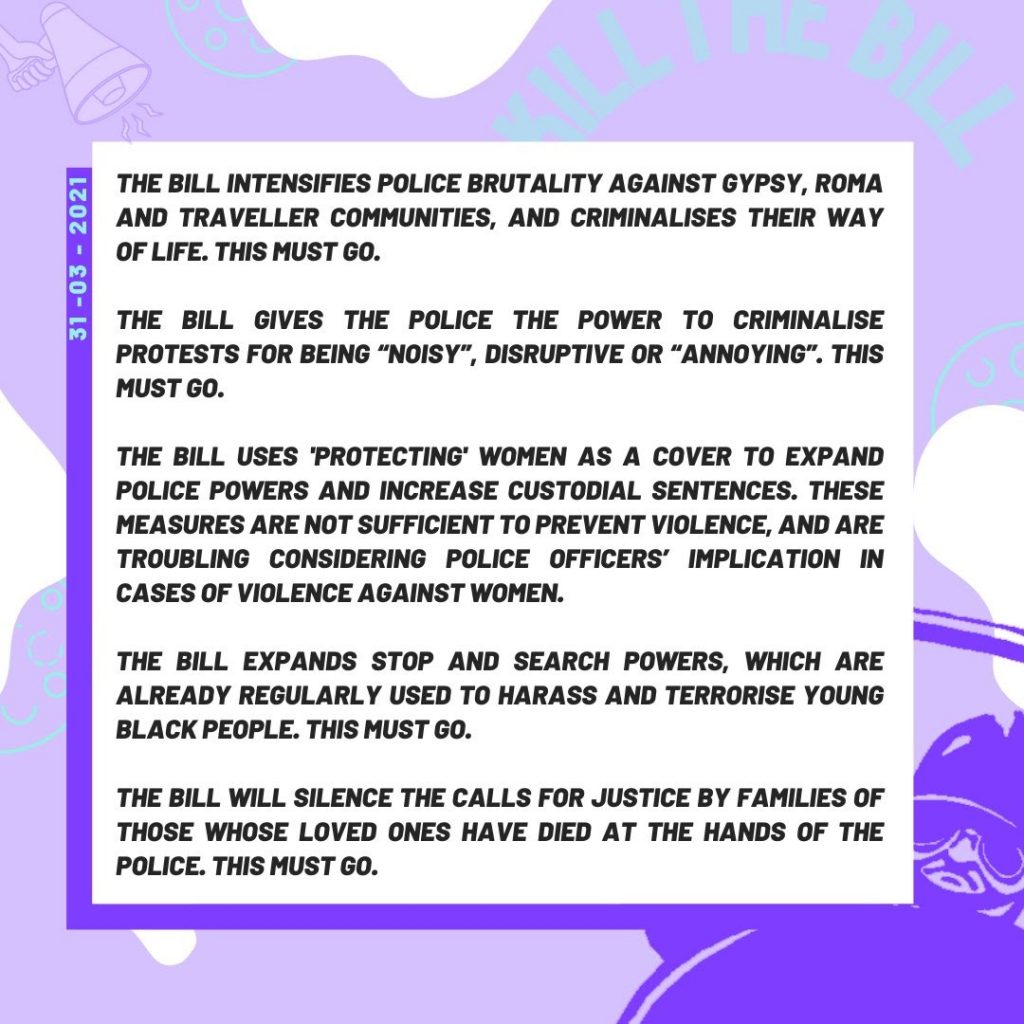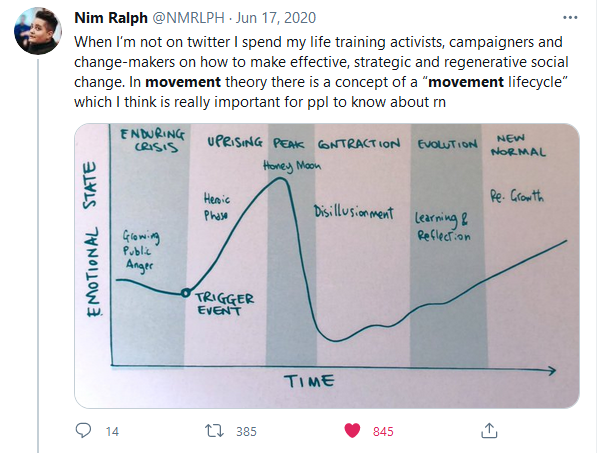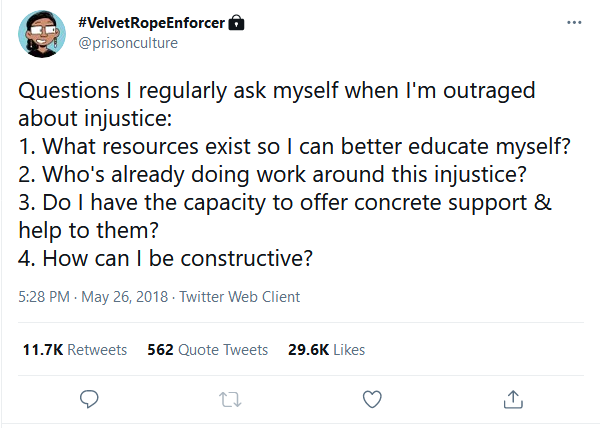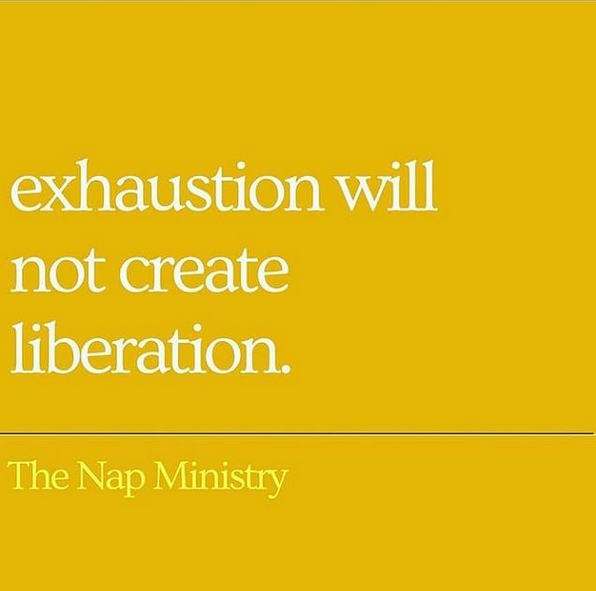By Ali Tamlit, from Resist + Renew.
Ali is one of the trainers of the Organising for Power Programme.
Note: This post was written a few weeks ago, and many of the ideas mentioned have already happened e.g. in London, recent May Day actions involved trainings on direct action and bystander intervention which is a great absorption idea being combined with action
Across England and Wales there have been plenty of demonstrations recently against the Police, Crime, Sentencing and Courts Bill (PCSC), under the banner of #KillTheBill. Although this isn’t going to affect Scotland for the most part, there’s still a lot we can learn about waves of energy in movements and how to harness energy of lots of people getting outraged at times like these. This blog is going to look at why the bill needs to be killed, how movements can go through different waves and some ideas around ‘absorbing’ new people and energy into our movements.
A bit about the bill
The bill is seen in part as a retaliation to the BLM protests of 2020, especially the targeting of colonial statues, but is also framed as a way to ‘protect women’ from violence through increased sentencing, though abolitionists argue this has the opposite effect in reality. Much of the criticism of the bill has been around it’s impact on protests – such as criminalising being ‘noisy’ ‘disruptive’ or ‘annoying’ – but it also has huge impacts of Gypsy, Roma and Traveller communities, Black people and other people of colour.

The timing of this bill, going through parliament just after the kidnap and murder of Sarah Everard at the hands of the police officer has sparked a huge wave of protests and has already succeeded in delaying the bill until July.
Though much of the impacts of this bill, if it is passed, won’t affect people in Scotland, the current mobilisations are still relevant and offer an opportunity to think ahead for the next wave of protests that happen anywhere.
Movement Lifecycles
Protest movements tend to go in waves. Right now for the #KillTheBill movement, in many places things are at a state of high intensity, high energy organising. There are demos, webinars, articles being written, people are angry and they, rightly, want to do something about the situation.
Last year, during the BLM uprisings, the amazing Nim posted this graphic on Twitter:

The graph shows different phases that movements can go through in what is called a ‘movement lifecycle’. It starts with an enduring background sense of crisis (a police force built on centuries of oppression in this case), followed by a trigger event (the murder of Sarah Everard and the pushing through of the PCSC), which leads to an uprising phase of heightened emotional state, lots of energy and actions. This is followed by a relatively short peak and honeymoon phase, followed by a contraction – the energy runs out, people burn out, the sense of public outrage passes. This phase can be quite long and be filled with disillusionment, but it is followed by reflection, learning and growing, ready for the next wave to do things differently.
In terms of #KillTheBill, we’re probably somewhere between the uprising and peak phases. There’s still loads going on and lots of attention is on the situation and at the same time people might be starting to get tired and asking questions about where this is going next. One of the key things I take from this graph is that these waves are pretty inevitable. The length of each phase might change but ultimately it’s not sustainable to stay in the peak phase for that long – it takes a lot out of us and we need to rest, whether we like it or not.
Part of the reason the contraction phase can feel so bad is you can look around and ask ‘where did all the people who I thought cared about this issue go?’. The people in existing groups can feel like things are back on their shoulders, and newer people can feel all alone again after intensely feeling a part of something. The fact that people know that this contraction is coming gets people asking ‘how do we keep people in the movement for the long term’, or ‘how do we get people to stick around?’.
Absorption
These kinds of conversation are swirling around right now and groups are trying to figure out what to do in the middle of the uprising. A recent open meeting by Sisters Uncut had over 2000 people fill in a google form saying they want to get involved in the campaign. Having systems in place to handle that kind of energy is a huge challenge. The US based training organisation Momentum calls this process ‘absorption’. Ideally, these are the kinds of systems – for example to induct people into your group or having buddies for new people – that groups and movements would have in place before an uprising moment, but for lots of good reasons, such as lack of capacity and dealing with ongoing crises, this often isn’t the case.
Whenever a group is thinking about absorption, it might be useful to define what we mean exactly and a lot of the answers will probably tie to our underlying values or theory of change. For example, what’s your group’s values around hierarchy? A lot of groups on the radical left aspire to be non-hierarchical. That value is going to affect how you want people to get involved – if hundreds of people wanted to join your consensus based group all at once – it could be really hard to maintain the intentions and values that a group started off with. So, either you need to think about ways to bring people in that inform people about how the group works, develop new ways to work together in larger numbers and accept that things will likely still change quite dramatically for the group, or maybe rather than absorption meaning ‘come join our group’ it might mean sharing experiences about how your group formed, how it works and supporting people to form their own groups locally. Groups such as the Anti-Raids Network and the Green Anti-Capitalist Front follow this model to some extent.
More traditional organisations with more rigid hierarchies, like big unions with service based model, on the other hand can simply tell people to sign up to join the union, pay their dues and get involved with the local branch if they want. There might be some opportunities for participation in organising within this model but the overall direction of a large union is set by the people in higher positions and voted on by members. More participatory forms of union do exist, such as in Jane McAlevey’s notion of ‘whole worker organising’, which might involve things like a 1-2-1 with new members and leadership development. However, there’s still a higher level of comfort with hierarchies.
Something of a hybrid model might involve local groups, with some centralised body for deciding on things like overall strategy and large days of action. For all the criticism against them, mobilisation and absorption is one of the things XR has done really well.
All of the options above involve some really big questions, and we only looked at one value around hierarchy just now, which is why it can be a good thing to think of these structures in a time that isn’t the urgency of the uprising phase. That said, there’s still lots people can do within these moments to help with absorption. Here are a couple of ideas for those in existing groups and a couple for enraged individuals wanting to get involved.
Ideas for existing groups
Activist Speed Dating
This is a method that Reclaim the Power (RTP) uses at their action camps. People fill in a form to indicate what kinds of action they’re interested in, how up for getting arrested they are etc. and then the facilitators put people in groups with (hopefully) similar minded people and give them a suggestion of an action they can do. In 2014, I took part in my first action at the Blackpool RTP camp, and several of the people I met then are people I went on to organise other actions with and are good friends to this day.
Toolkits of Difficult Conversations
When a movement hits an uprising phase it means it’s going to be talked about a lot in all kinds of circles. For example, now with #KillTheBill people all over will be talking about the ‘violence’ of protester in Bristol and debating whether the police are justified in their actions or not. (The answer is they’re not, btw).
What this means though is that lots of people outside of activist circles are going to be talking about the issue and they’ll be doing so based on information in the mainstream media or memes from social media. One idea that groups such as South Asians for Black Lives did during the BLM uprisings was to compile quick talking points and facts that people could share or use to talk to their parents / relatives / community members when the issue came up. Combined with the facts, some tips on ‘how’ to have difficult conversations could increase the effectiveness.
Ideas for enraged individuals
What can you do if you’re outraged by the current situation and want to do something about it. This tweet from Mariame Kaba offers some good starting questions:

However, as Ru from London Campaign Against Police and State Violence notes in the R+R podcast, groups aren’t always ready or able to accept offers of support. So what can you do then?
Find others
In the same podcast mentioned above, Sami mentions how lots of projects she’s been a part of started out as a reading group. Getting together with some of your friends who want to learn more about an issue can be a good way to get educated and also think together about what can be done and where you might have some influence. If you don’t want to start a reading group you could join one such as those by Abolitionist Futures.
Think about your contribution
When people think about movements, often the image that comes to mind is protesting and getting arrested. Whilst this is part of what makes up a movement, it’s far from everything! Movements are made up of people with all kinds of different skills, talents and interests. We need healers and artists just as much as we need disruptors. Check out this article for ideas of what roles there are in a movement ecology.
And of course, when you’ve got your new group you can always look to groups like Tripod for trainings to support its development.
Take rests along the road to liberation
Given the huge issues we face and the amount of work to be done to undo systems of oppression and build futures of care, love and justice – this is going to be a marathon not a sprint. This means we’re going to see many waves of movement lifecycles and it’s important to both make the most of the peaks when they come, but also to reflect and rest, not just in the contraction phase but throughout, so we can sustain ourselves for the long haul. We’re all learning this stuff as we go, so let’s not be too hard on ourselves if we don’t get things perfect in this wave. Remember:

